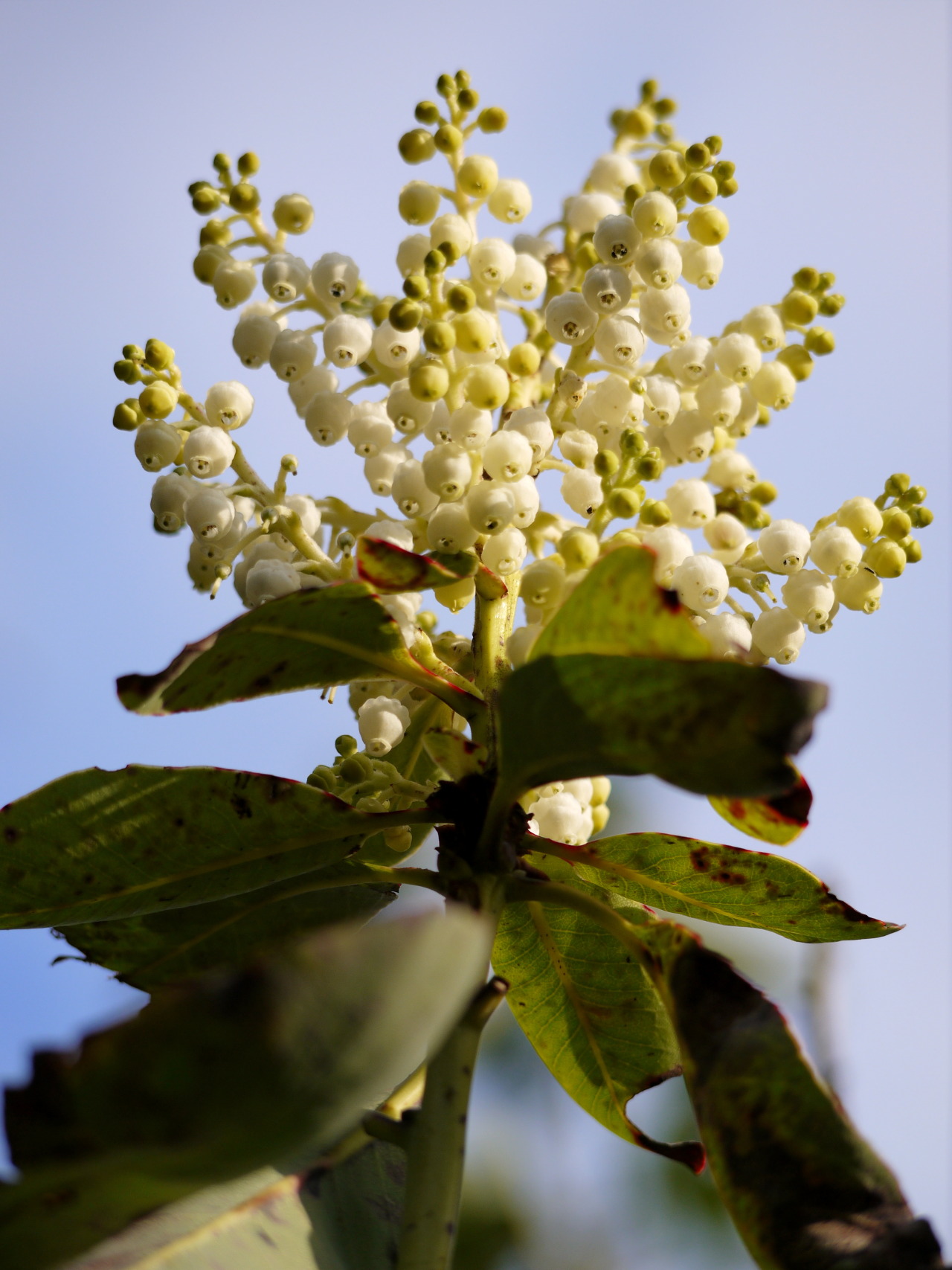Hermit Thrush (Catharus guttatus) Turdidae
Walnut Creek, CA
December 25, 2015
Robert Niese
These rather unassuming birds have a hauntingly beautiful song that was beloved by Walt Whitman and the inspiration for the voice of the fictional Mockingjay. They also have a very interesting genetic history. There are five species of Catharus thrushes that are long-distance migrators (plus the closely related Wood Thrush in the monotypic genus Hylocichla), but the Hermit is not closely related to the others. Instead, Hermits are sister to the Russet Nightingale-thrush (C. occidentalis) which is non-migratory and endemic to Mexico. Along with the Swainson’s Thrush (C. ustulatus) and the Wood Thrush, these birds each evolved long-distance migratory behavior independently of the other thrush lineages. Learn more here.





